My colleague, Alexandra Samuel, wrote a provocative post on the HBR blog titled, “Dear Colleague, Put Down Your Notebook” where she makes an argument for switching to digital note taking tools like Evernote is more efficient than taking notes on paper. (She recently authored an excellent e-book on how to use Evernote).
I agree with Alexandra’s point about efficiency, but I don’t always think that digital note taking is always effective for certain situations. I tend to use both. For example, I like digital note taking tools when I’m capturing the “to dos” from meetings to make decisions and when I’m doing research online for a blog post or prepare curriculum. I will sometimes take notes on my laptop during a conference session or webinar if I am planning to do a write up. Since I can type 120 words per minutes, I can capture complete quotes and summarize key points very quickly.
However, there are times when I do prefer my pens, markers, and paper notebooks. I prefer these tools when I’m capturing a discussion from a meeting that focused on a designing a program or a reflective conversation. If the notes need to be in a digital format, the process of transcribing them gives me added reflection and thought time to digest the ideas. Many times I take notes in a visual format like mind mapping that helps me better understand the conversation as it unfolds. I have practiced using my iPad with drawing apps, but I’m not quite fluent enough in it.
I have noticed that analog and digital methods of note taking or knowledge capture seem to make me think in different ways. I suspect that depending on whether your type or write – it some how gets encoded into your brain differently. I also wonder if there is an impact on being creative? It also comes down to what you’re used to. I like being “bilingual” and using both ways to take notes. So, Alexandra, I’ll keep my pen and paper notebooks.
How do you take notes? All digital? Only paper and pencil? A combination? What are your favorite note taking tools?
Beth Kanter is a consultant, author, influencer. virtual trainer & nonprofit innovator in digital transformation & workplace wellbeing.

Leave a Reply